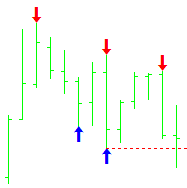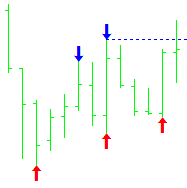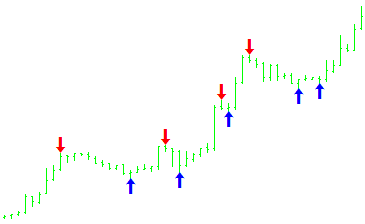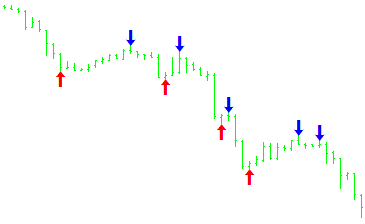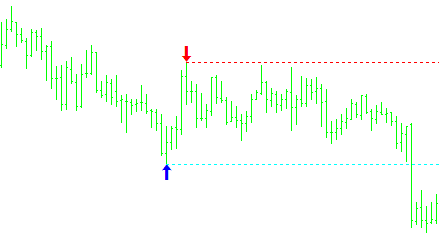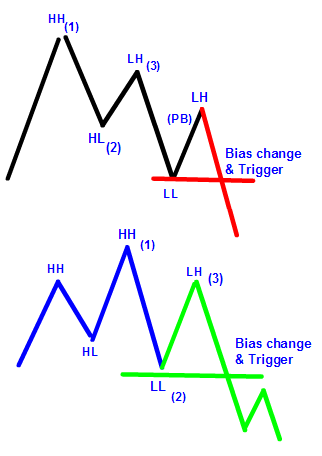Hunt brothers Silver market in 1980's and NOW !!!
When silver rose to $49.45 per ounce in 1980, the government said that the rise was due to the Hunt brothers "cornering" the silver market. The truth is, silver reached $49.45 in 1980 due to the massive inflation that was created by the U.S. government during the 1970s, and the Hunt brothers were used as a scapegoat. The Hunt brothers were accumulating silver in order to protect themselves from a collapsing U.S. dollar, just like we have been encouraging our members to do in a countless number of articles and videos over the past two years.
When the Hunt brothers were accused by the U.S. government of "cornering" the silver market and trying to manipulate silver prices higher, they only owned a concentrated long position of approximately 100 million ounces of silver. JP Morgan today has a concentrated naked short position in silver of approximately 122.5 million ounces, but the U.S. government doesn't seem to have any problem with it.
The problem with the Hunt brothers' strategy of accumulating such a large concentrated long position in silver is that after silver prices rose, their position was simply too large for them to ever sell without causing silver prices to crash. With silver reaching $49.45 per ounce in early 1980, the world was about to lose confidence in the U.S. dollar, which would have caused an outbreak of hyperinflation. In a desperate attempt to save the U.S. dollar and prevent hyperinflation, the CBOT raised margin requirements and limited traders' positions to only 3 million ounces of silver futures. The COMEX also limited traders' positions to 10 million ounces of silver futures. Not only that, but the COMEX and CBOT only had a total of 120 million ounces of silver in inventory, and the COMEX was likely going to default from futures contract holders requesting physical delivery. The COMEX was forced to go into "liquidation only" mode, ending all silverfutures contract buying.
Combined with the Federal Reserve rapidly rising interest rates, silver prices began to plunge and the Hunt brothers were hit with massive margin calls. On one single day in March of 1980 when the Hunt brothers were forced to liquidate a large part of their position, silver lost 1/3 of its value, declining by over $5 to $10.80 per ounce. That represented a total decline of 78% from its high two months earlier.
We are receiving a countless number of emails asking if now is the time to sell silver, and if silver could crash by 78% once again like it did in 1980. The fact is, while the Hunt brothers' 100 million ounce concentrated silver position was on the long side, JP Morgan's 122.5 million ounce concentrated silver position is on the short side.
While the Hunt brothers' long position was impossible to sell without causing silver prices to crash, JP Morgan's naked short position is impossible to cover without causing silver prices to explode to the upside. Being that the CFTC was so quick in 1980 to support the position limits that were then imposed by the CBOT and COMEX, NIA believes it would only be fair for the CFTC to mandate similar position limits today. This is unlikely to occur because the U.S. government believes JP Morgan's silver manipulation to be a good thing, since it is giving the phony appearance that the U.S. dollar still has purchasing power. The free market will ultimately win in the end and silver prices will soar through the roof to where they belong based on supply and demand fundamentals.






 A three bar combination
A three bar combination A three bar combination
A three bar combination 